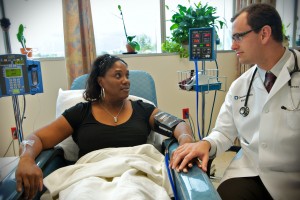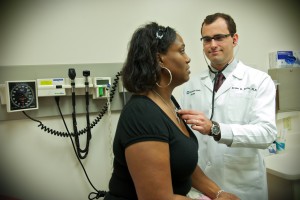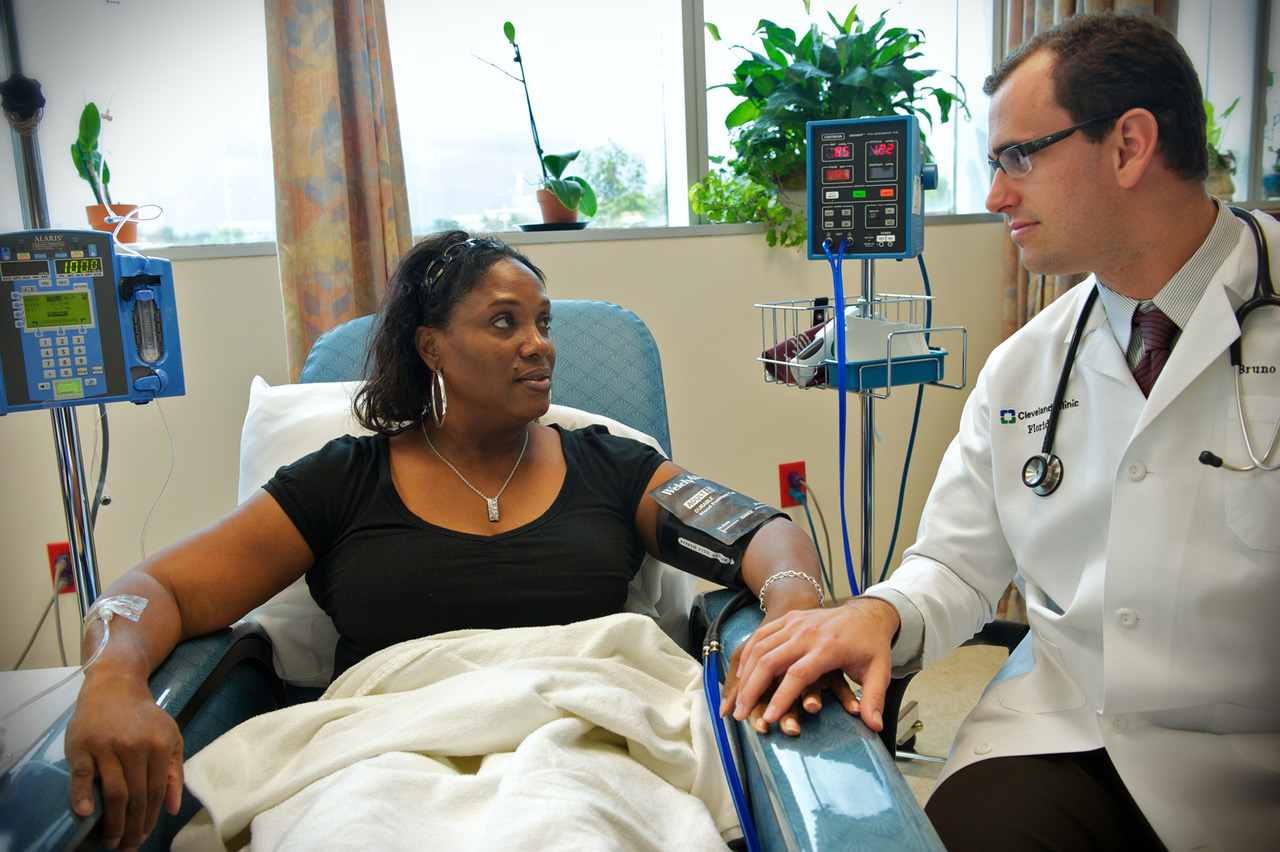Lung cancer is the leading cause of cancer deaths, which accounted for 1.69 million lives in 2015. Tobacco use, alcohol use, unhealthy diet, and physical inactivity are major cancer risk factors worldwide, the most crucial being tobacco use, which is responsible for about 22 percent of cancer deaths. Cancer is the second leading cause of death globally, accounting for approximately 1 in 6 deaths. About 70 percent of deaths from cancer occur in low- and middle-income countries, and can even be caused by infections such as Hepatitis and HPV, where up to 25 percent of cancer cases in these countries are caused by infection, according to the World Health Organization
 Despite the grim realities of this disease, cancer is still a preventable, treatable and beatable disease. Through technological advances, patients diagnosed with cancer now have several options available for treatment. With every step forward, cancer slowly becomes less of a death sentence for some and brings many a sense of hope to overcome such a debilitating illness.
Despite the grim realities of this disease, cancer is still a preventable, treatable and beatable disease. Through technological advances, patients diagnosed with cancer now have several options available for treatment. With every step forward, cancer slowly becomes less of a death sentence for some and brings many a sense of hope to overcome such a debilitating illness.
The Maroone Cancer Center at Cleveland Clinic Florida provides patients with the latest surgical and non-surgical treatment options. Treatment is based on the type and stage of the patient’s cancer, where the tumor is located and the patient’s overall health. Using a multidisciplinary approach, a specialized team of doctors comprised of Pulmonologists (lung), pathologists (tissue diagnostic), medical and radiation oncologists (cancer treatment), thoracic (chest) surgeons, and pain management experts collaborate to offer a full spectrum of diagnostic and therapeutic services and determine the best treatment options for patients.
For patient diagnosis, a technique called an Endobronchial Ultrasound (EBUS) uses a special scope with a tiny ultrasound at the tip, allowing the pulmonologist to perform biopsies in multiple areas. This minimizes the risk of puncturing a blood vessel and allows for better accuracy, where the specialist can see that the needle is placed inside the abnormality with the ultrasound. Another form of diagnosis that is quickly gaining recognition is Liquid biopsy. It identifies the presence of cancer by seeking signs of cell-free circulating tumor DNA (ctDNA) that is shed from a tumor into the bloodstream.
Cleveland Clinic Florida is also home to the Varian Edge – one of only a few centers across the globe with this technology. The Edge is described as a linear accelerator with radiosurgical capabilities, using real-time tumor motion management to deliver a fast, precise dosage of radiation. Other non-surgical treatment options available include Laser Bronchoscopy, which destroys airway lesions or tumors and eliminates obstructions in the bronchial tubes and Photodynamic Therapy, which injects a special chemical in the blood that is absorbed by the tumor and destroys affected cells. Video Assisted Thorascopic Surgery, or VATS, is a minimally-invasive surgical option where a tiny camera with a light source is inserted through a small incision in the ribs, allowing specialists to diagnose and remove cancerous and benign tumors.
Cleveland Clinic Florida also offers a comprehensive Smoking Cessation program, for patients who have been diagnosed with lung cancer or simply wish to be proactive about their health and end their nicotine addiction. A Cleveland Clinic Florida certified smoking cessation specialist develops a personalized treatment plan that includes one-on-one support and a variety of resources. The smoking cessation program runs 3 to 6 months, meeting biweekly and monthly. Although everyone’s addiction is unique, a combination of behavioral therapy and medication has been proven to dramatically increase the chance of success.
To learn more about treatments and the Lung Cancer Program, visit clevelandclinicflorida.org


